Seize the day
Adult day centers aim to keep people mentally, physically sharp enough to stay out of places like nursing homes for as long as possible / PAGE 8

SATURDAY, NOV. 2, 2024 / VOL. 34, NO. 11

Adult day centers aim to keep people mentally, physically sharp enough to stay out of places like nursing homes for as long as possible / PAGE 8

SATURDAY, NOV. 2, 2024 / VOL. 34, NO. 11

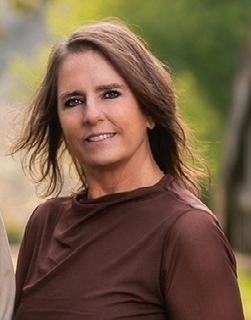





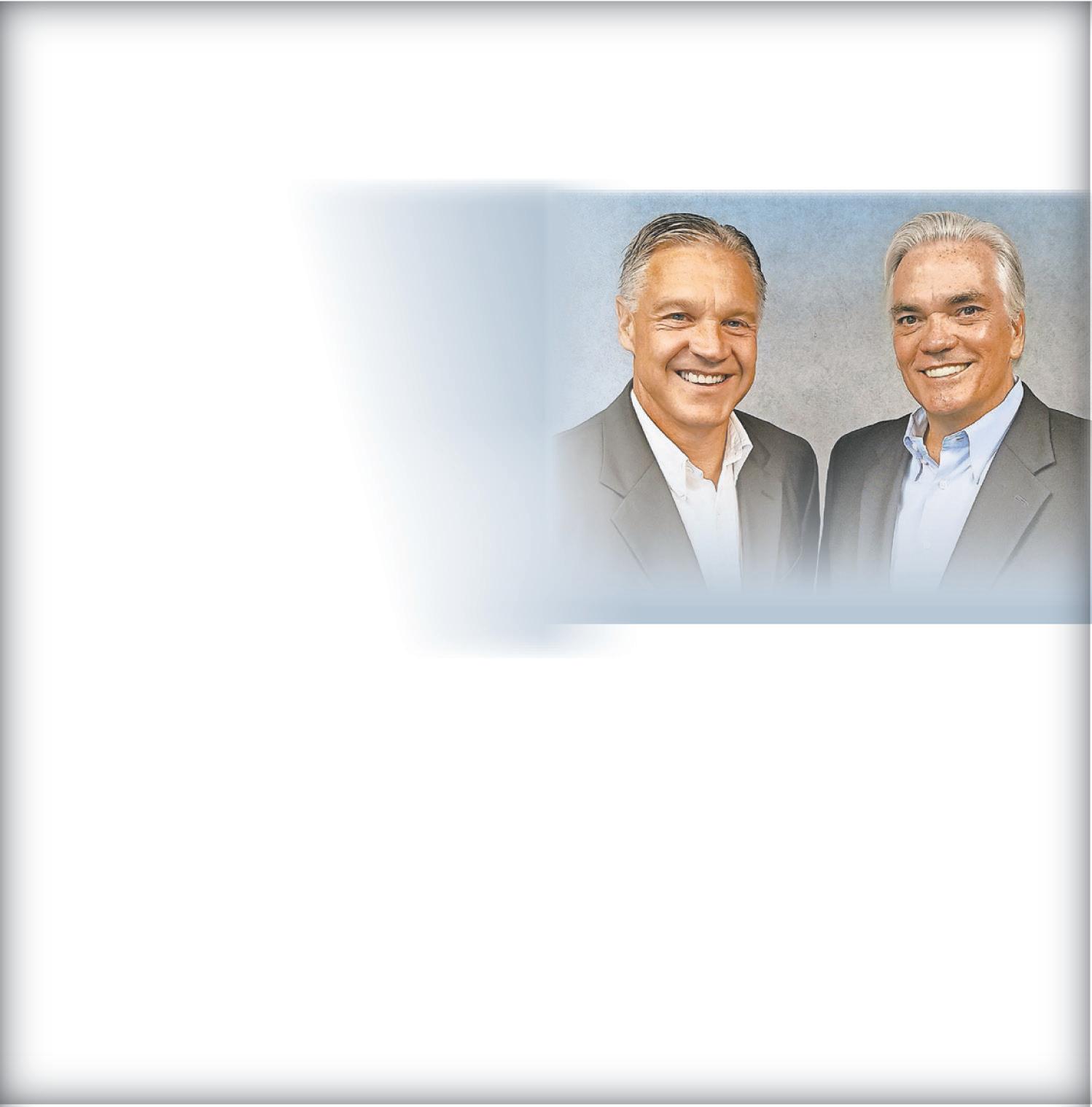










> NOV. 3
Dale Brock, 90
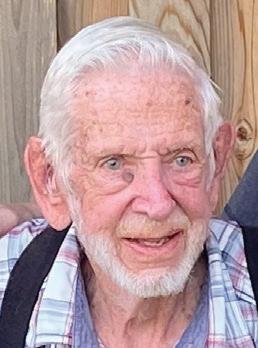
Dale Brock, of Lewiston, will celebrate his 90th birthday Nov. 3. Dale, the oldest of three, was born in 1934 in Teakean, Idaho, to Ellwood and Lottie Brock.
Dale resides in Lewiston with his wife, Barb. Dale enjoys spending time in his garden and sharing the bounty of his labor with his family, especially his great-grandkids.
Dale had an early birthday celebration with family and friends in September.
To submit birthdays: Birthday announcements starting at age 70 are accepted for free publication in the month of the birthday only. Length limit is 200 words. All submissions must include the name and contact information of the person submitting the announcement. Current photos are welcome — please no dated pictures. To have photos returned, please include a stamped, self-addressed envelope. Submissions may be sent to goldentimes@lmtribune.com or Golden Times, P.O. Box 957, Lewiston, ID 83501. Questions may be directed to editor Dallas Marshall at dmarshall@lmtribune. com or (208) 848-2232. December birthday announcements must be received by 5 p.m. Nov. 15.
Wednesdays
6:30 pm & 7:30 pm
Lewiston Elks Lodge
$5 Donation/pp
Donations goes to Veteran Services

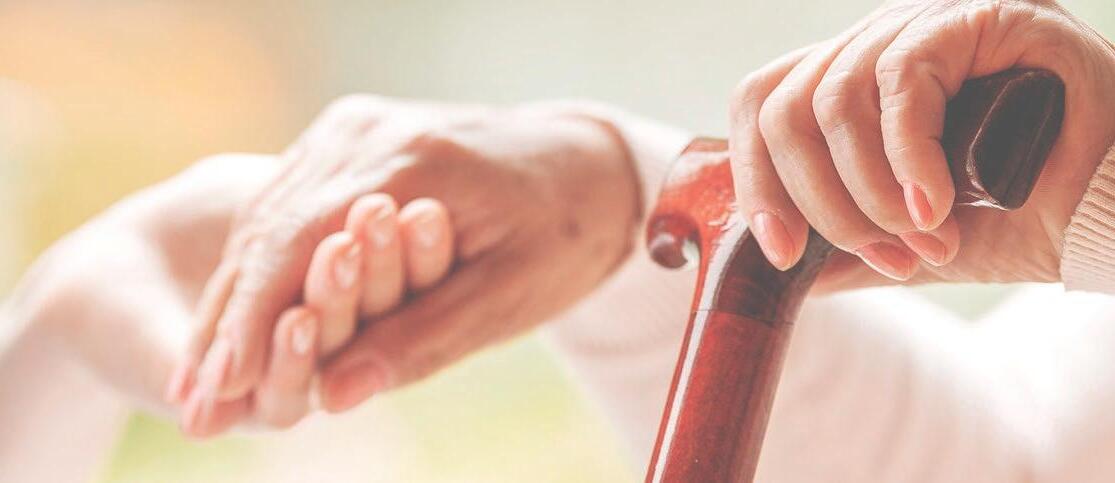




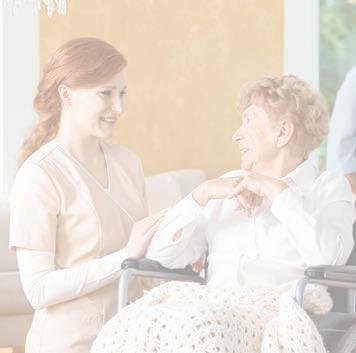


ANS is committed to caring. Our mission is to improve the quality of life for all those entrusted in our care. Call today to learn how our team of compassionate professionals can help meet your needs.
• Personal Care Attendants • Daily Living Assistance • Homemakers Transportation • Respite Care • Residential Habilitation
Adult Day Care
Skilled Nursing
Companionship/Supervision
Developmental Therapy


CARES .com Since 1995 Ask About Payment Options “Professional In-Home Health Care” A helping hand can make All the difference
Latah, Clearwater, Lewis, Idaho, Adams, Valley, Benton, Franklin, Yakima, Walla Walla, Columbia, Garfield, Whitman, Spokane, Asotin and Surrounding Counties Lewiston Office,ID: 208-746-3050 Kamiah Office,ID: 208-935-2204 Walla Walla Ofice, WA 509-525-3388 Moscow Office, ID: 208-882-0616 Tri-Cities Office,WA: 509-735-3388 • Yakima Office,WA: 509-469-3388 Spokane, WA: 509-315-1235
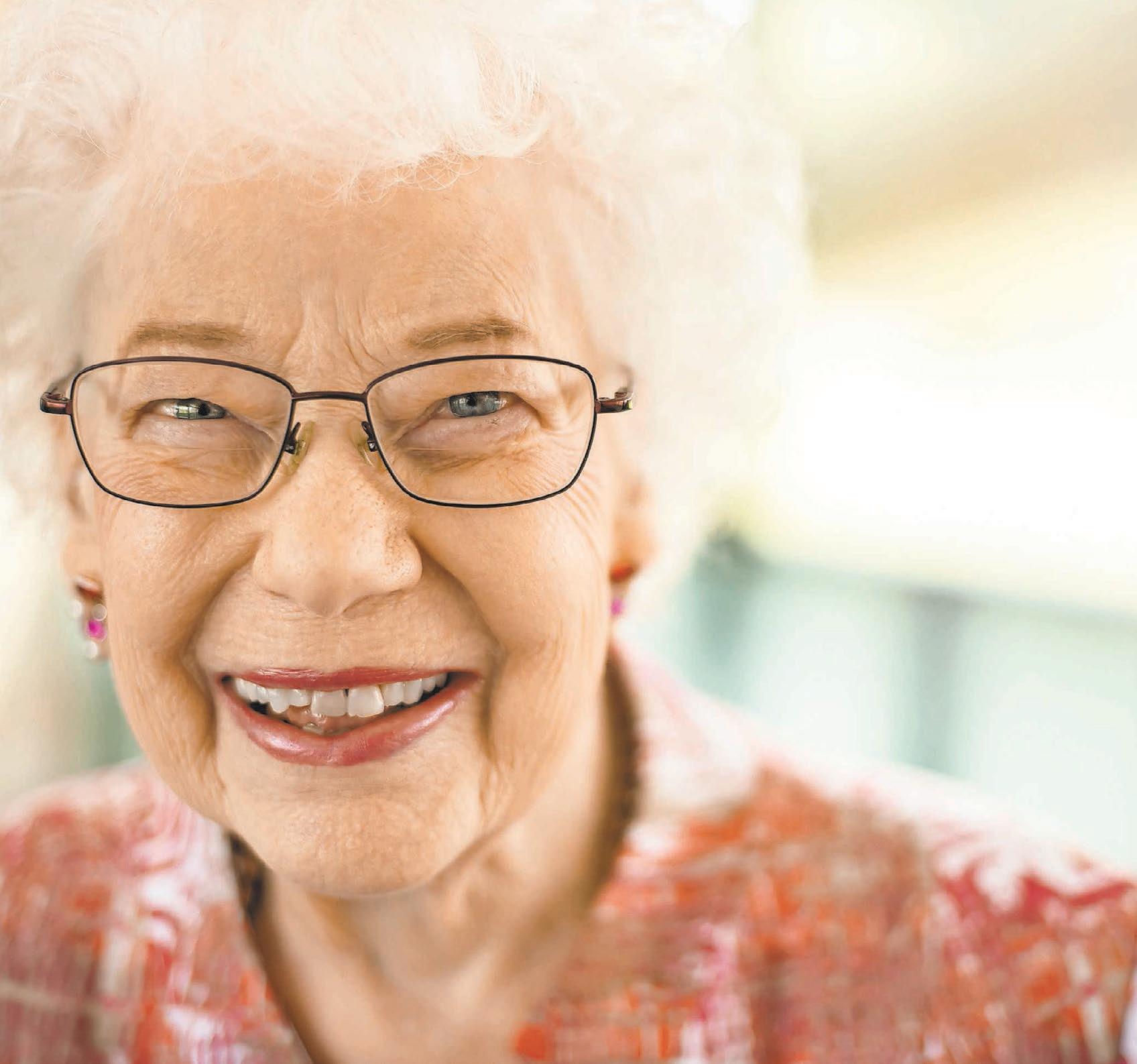

WA-ID Volunteer Center, in the Lewiston Community Center at 1424 Main St., strives to provide individualized volunteer opportunities for those wishing to serve in Lewiston, Clarkston, Asotin, Pomeroy, Moscow and the Oro no area. Information and other volunteer openings can be found at waidvolunteercenter.org or by calling (208) 746-7787. Volunteer needs include:
Tutors — Help students to be pro cient readers by the third grade. Oneon-one reading tutoring in schools for students below reading grade level. Volunteers need to be able



to commit to at least an hour a week for the school year. Background check required.
Food bank help — Volunteers are needed to repack frozen and dry foods for distribution. Front counter volunteers and drivers for morning food pickups also are needed.
AARP tax preparer — Do you feel comfortable with computers? Can you spare a couple of mornings a week? AARP Tax Aide Program needs volunteers to help prepare free basic tax returns for seniors and lowincome individuals. No experience necessary.

Training and materials are provided.
Project Warmup — Cra ers are needed to make hats, scarves, mittens and lap blankets (yarn is provided). Completed items are donated to local nonpro t agencies. If you have yarn to donate our volunteers will put it to good use.
Companions — The
Senior Companion program provides companionship and respite care to the elderly and disabled. It allows low-income senior volunteers an opportunity to assist those who need minor help to continue living independently. Senior Companions visit clients in their homes, but it is not an in-home care program.
Medicare counselor — The State Health Insurance Bene ts Advisors (SHIBA) program trains volunteers to assist local seniors with Medicare questions for Asotin, Gar eld and
Whitman counties.
Local hospital auxiliary
— Volunteers are needed to greet people, deliver owers, sta the courtesy cart, deliver mail, assist in the gi shop, create baby and child items, do clerical work, provide hospital tours and more.
Lewiston City Library
— Volunteer needs include circulation support, tech tutors and programming support.
Museum docents — Skills include meet-andgreet abilities, friendly personality and the ability to answer questions about the displays at the center. Training is provided.
Transportation — Drive seniors or disabled community members to and from destinations across the LewistonClarkston Valley. Volunteeers must have a valid driver’s license and auto insurance.
Garden and park volunteers — General

lawn maintenance, weeding, sweeping, etc. Training provided. Community service approved.
Interlink Inc. is a nonpro t organization in Clarkston that matches community volunteers to people needing assistance to remain independent in their own homes. For information about becoming a volunteer and volunteer opportunities, call (509) 751-9143. Volunteer applications and additional information also can be found online at interlinkvolunteers.org. Volunteer needs include:
Drivers to transport senior citizens to appointments. Drivers are paid a mileage stipend.
People who can do small home safety repairs for senior citizens and persons with disabilities.
Volunteers interested in serving as volunteer helpers in the Interlink o ce.
Volunteers willing to help compile a senior social directory.
Volunteers interested in working on fundraising events, especially this year’s Christmas Concert.
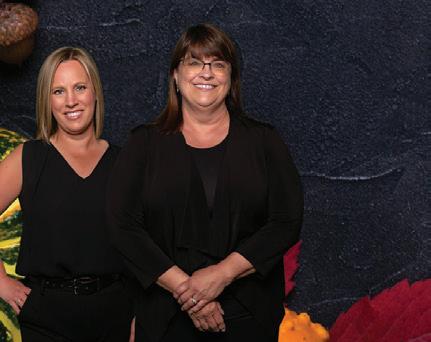

Walking home from school in late autumn, I was stopped in my tracks by a display of exquisite dried arrangements in front of a shop. They were gorgeous, and I had never seen anything like them. I immediately wanted to buy one for my at.
They were not made of owers, but did have ower shapes made from small curls of wood, nuts, seedpods or other such items. I soon learned they were not for home décor but rather for decorating family plots in the local cemeteries on All Saints Day, Nov. 1. This is a day that not only Catholics celebrate but Anglicans as well. Here in America, we have several Protestant denominations, whereas in central Europe Christians are generally either Catholic or Anglican.
as he went. Every plot had family members in quiet attendance. The people buried there were from centuries past.

A er all the graves were blessed, everyone moved in a parade down the street through town to the new cemetery. It was quite extensive and beautiful with welltrimmed walkways and large trees. Since I have two branches of family, I chose to stand with the couple I was staying with — my mother’s cousin and his wife.
The graves were all tidy and clean, with attractive arrangements of plants and dried bouquets, and usually edged by a low concrete border. Headstones are o en large enough to accommodate several names.
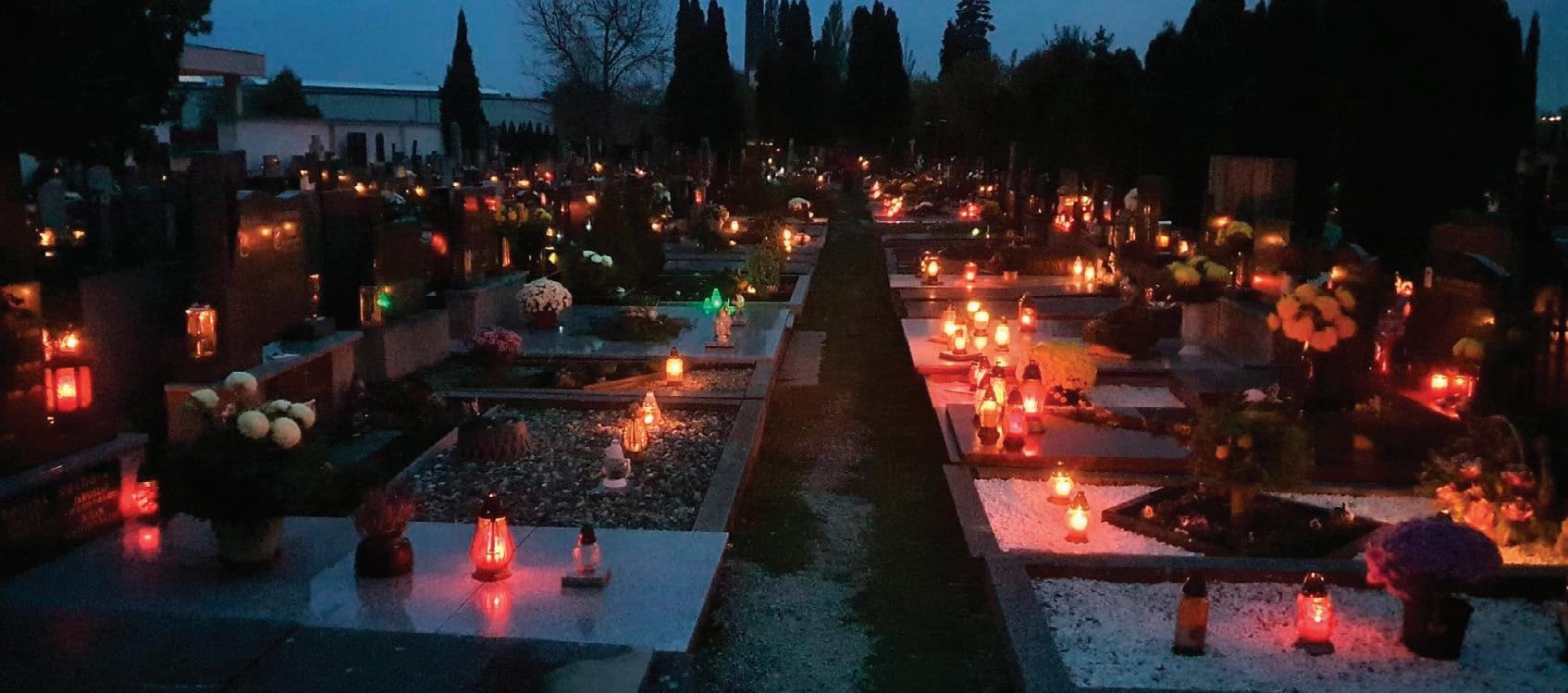
Europeans tend to have a much di erent attitude about death than Americans. They revere their memories in various ways. All Saints Day is a gathering of families from near and far. I attended the ceremonies in Liezen, Austria, the town where my ancestors are buried and where my grandparents grew up. Members of the family traveled there from several areas of the country. We rst gathered at the grave sites in what was the “Old Cemetery” next to the church, and stood as a priest walked between the rows praying and sprinkling holy water
The ubiquitous candles in tall, red containers glowed in daytime, as well as at night. These candles are sold in shops all year long.
The priest repeated the ceremony he did at the old cemetery with people standing by their family plot. It is a beautiful and reassuring ceremony.
A erward, folks strolled around, greeted friends and had pleasant visits. Like Thanksgiving here, families usually got together later for a big dinner. When a person dies, traditionally a notice is posted in various places around town. It gives information about the deceased and also the date and time of the funeral service. In Liezen, there is a small chapel in the cemetery where people can bring owers as a tribute to someone who had just died. I stopped one day and the little building was over owing with owers and ribbon draped wreaths on stands announcing who had sent them.
Back home in Idaho,

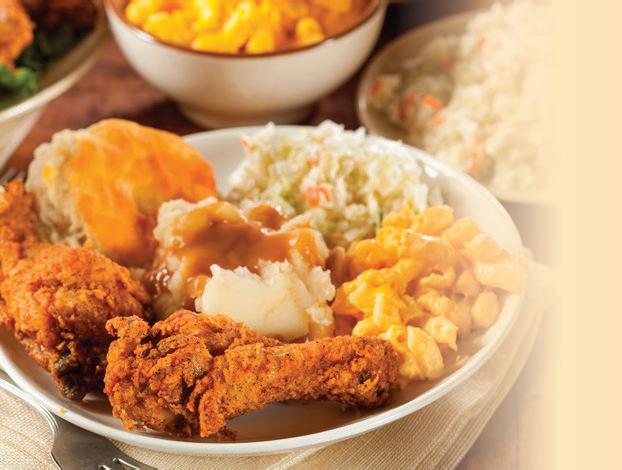
I have received notices of family members who have passed away which included a photo of the person, and a short saying or prayer, all arriving in a long white envelope with a black border.
In Czech Republic, most of the headstones have a nice photo of the person who was laid to rest there. I found it a lovely tradition because you can see folks as they were and as the family likes to remember them.
The grave areas are kept in perfect condition all year long with the red candles lit. Families take pride in landscaping and maintaining their tiny memorials. I think for them it is as if the person buried there is still a part
of the family. I have a picture postcard of Liezen at night, city lights ablaze and with the cemetery in the foreground. Close examination reveals many tiny, red candles glowing there. It’s easy to imagine it almost as a community still there and being loved and cared for as always. I nd it a comforting idea. You can learn a lot about a culture from the way they treat their dead. And those ceremonies, beautiful dried arrangements and glowing candles certainly honor the lost loved ones.
Johnson, of Grangeville, worked in three different European countries — Hungary, Czech Republic and Slovenia — in the 1990s and early 2000s. She can be reached at johnsondixie@hotmail.com.

















For the LewistonClarkston Valley
> Monday-Friday
Coffee, 10 a.m. to noon, Valley Community Center, 549 Fifth St., Clarkston.
> Monday, Wednesday, Friday
Coffee, 10 a.m. to noon, $1 donation, Sixth Street Senior Center, 832 Sixth St., Clarkston.
Fit and Fall Proof, 9-9:45 a.m., Congregational Presbyterian Church, 709 Sixth St., Lewiston.
Fit and Fall Proof, 10:4511:30 a.m., Orchards United Methodist Church, 1213 Burrell Ave., Lewiston.
> Mondays and Wednesdays
Yoga/low-impact exercise, 9-10 a.m., Valley Community Center.
> Mondays and Thursdays
S.A.I.L. (Fit & Fall Prevention) class, 10:30-11:30 a.m., Valley Community Center.
> Mondays and Fridays
Fit and Fall Proof, 10-11 a.m., Emmanuel Baptist Church, 2200 11th Ave., Lewiston.
> Mondays
Painting group, noon to 4 p.m., Valley Community Center.
Dance practice, 6:30-8 p.m., Sixth Street Senior Center.
> Tuesdays
Blood pressure checks, 11 a.m.-12:30 p.m., Valley Community Center.
> Tuesdays and Thursdays
Fit and Fall Proof, 8:159:15 a.m., Elks Lodge, 3444 Country Club Drive, Lewiston.
> Wednesdays
Bridge, 12:30-4 p.m., Valley Community Center.
Line dance, 2-5 p.m., Sixth Street Senior Center. Zumba, 5:30 p.m., Sixth Street Senior Center.
> Thursdays
Footcare, Valley Community Center. By appointment only: (253) 218-7091.
Line dance, 10:30-11:30 a.m., Sixth Street Senior Center.
> Fridays
Country jam, 10 a.m. to noon, Sixth Street Senior Center.
> Sundays
Night club 2-Step, 3 p.m. for intermediate, 5 p.m. for basics, Sixth Street Senior Center. change to 2-Step Nov. 17.)
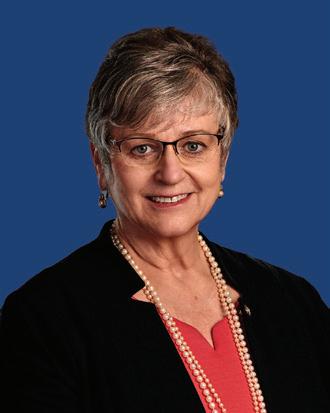
> Nov. 6
Board/card games, 3-4:30 p.m., Valley Community Center.
> Nov. 14 and 28
Foot care, Valley Community Center. By appointment only: (253) 218-7091.
Karaoke, 6:30-9 p.m., Valley Community Center.
> Nov. 16
Sons of Norway, 12:30-3 p.m., Valley Community Center.
> Nov. 25
Seaport Quilters, 6-9 p.m., Valley Community Center.
To submit your event for the senior calendar, email goldentimes@lmtribune.
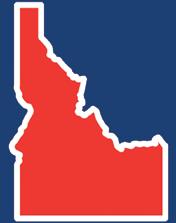



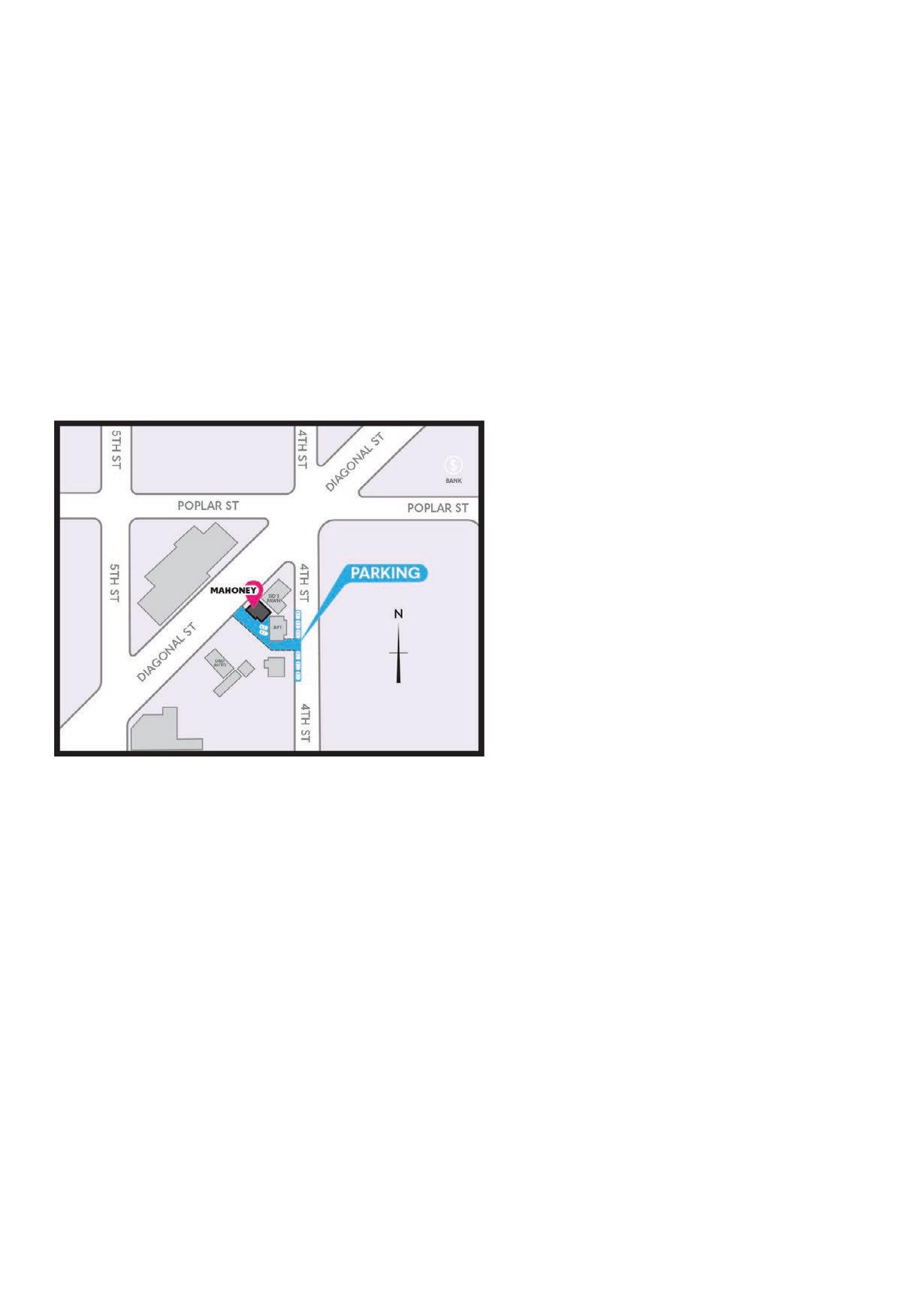




Cottonwood Community Hall
506 King St., basement, Cottonwood, (208) 7922465, meals at noon Tuesdays.
Craig Mountain Senior Center
413 Nezperce St., Winchester, (208) 9246581, meals at noon Wednesdays.
Daley Senior Care
30302 Harley Lane, Culdesac, (208) 791-7438, meals at 1 p.m. and 4 p.m. daily.
Friendly Senior Citizens of Troy
100 S. Main St., Troy, (208) 835-6092, dinein or pick-up; noon Wednesdays.
Grangeville Senior Center
108 Truck Route, Grangeville, (208) 9832033, meals are at noon Mondays, Wednesdays and Fridays.
Juliaetta-Kendrick Senior Citizens Center
104 S. Sixth St., Kendrick, (208) 289-5031, meals from noon to 1 p.m. Wednesdays and Fridays.
Kamiah Senior Center
125 N. Maple St., Kamiah, (208) 935-0244, meals at noon Mondays, Wednesdays and Fridays.
Lewiston Community Center
1424 Main St., Lewiston, (208) 7436983, meals at noon Mondays, Tuesdays and


Wednesdays.
Moscow Senior Center
412 E. Third St., Moscow, (208) 882-1562, noon Tuesdays and Thursdays.
Nezperce Senior Citizens
501 Cedar St., Nezperce, (208) 9372465, noon Mondays and Thursdays.
Orofino Senior Center
930 Michigan Ave., Orofino, (208) 476-4238, noon Tuesdays and Fridays.
Palouse Senior Meals
220 E. Main St., Palouse, (509) 8782301, meals at noon Wednesdays.

Pomeroy Senior Center
695 Main St., Pomeroy, (509) 843-3308, noon Mondays, Wednesdays and Fridays.
Potlatch Senior Citizens
Potlatch Senior Citizens Meal Site, 645 Pine St., Potlatch, (208) 875-1071, meals at noon Mondays, Wednesdays and Fridays.
Pullman Senior Center
190 SE Crestview St., Building B, Northside Entrance, Pullman, (509) 338-3307, meals at noon Tuesdays and Fridays.
Riggins Odd Fellows Building
121 S. Lodge St., Riggins, (208) 628-4147,
meals at noon Tuesdays.
Spud Hill Seniors
401 Line St., Deary, (208) 877-1717, meals at noon Tuesdays.
Senior Round Table
549 Fifth St., Clarkston, (509) 295-8685, noon Tues-days, Thursdays, Fridays.
Weippe Hilltop Senior Citizens Center
115 First St. W., Weippe, (208) 435-4553, meals noon Mondays and Thursdays.
Pullman Meals on Wheels (509) 397-4305.
Valley Meals on Wheels (208) 799-5767.

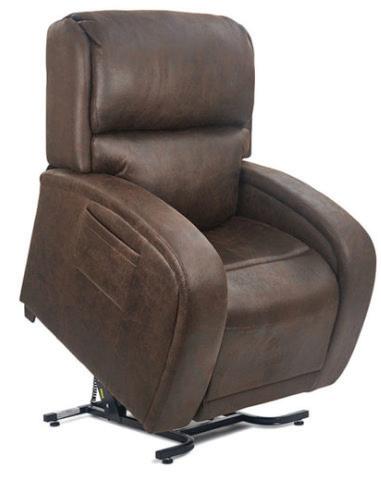

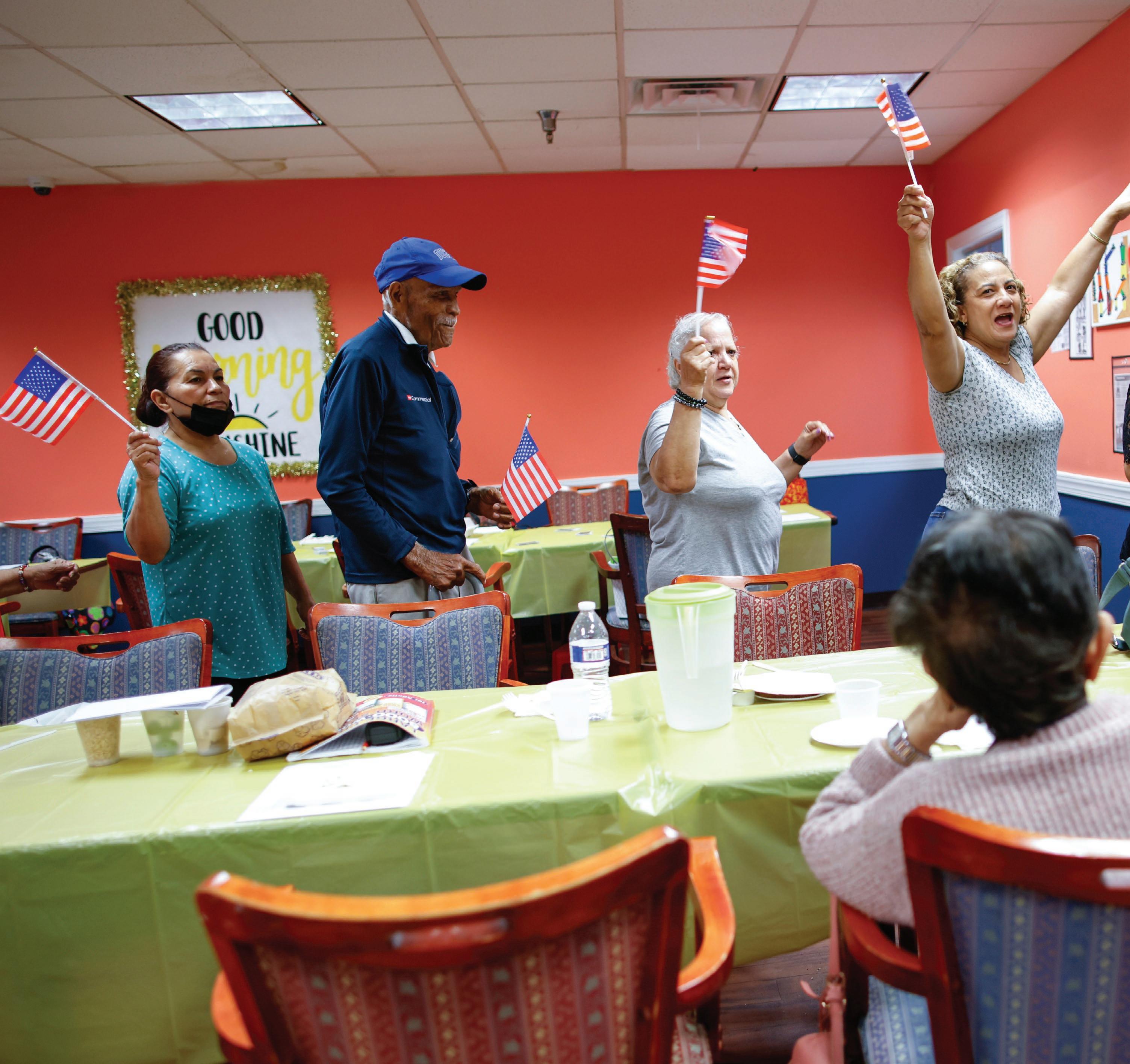
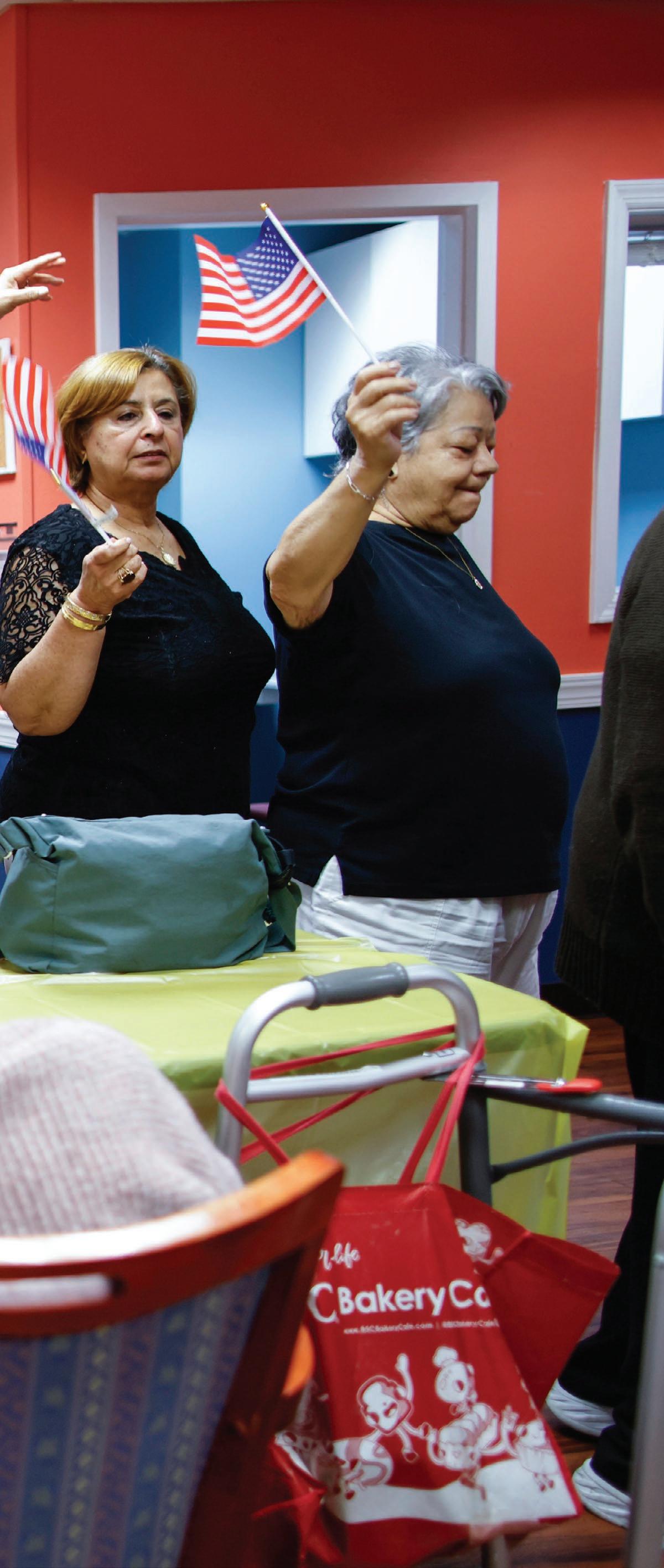
By DEVI SHASTRI and LAURA BARGFELD ASSOCIATED PRESS
BERGENFIELD, N.J. — At Sunshine Adult Day Center, every morning starts with a parade around the room.
Today, the theme is multicultural, and the flag bearers have no shortage of countries: Philippines, India, Haiti, Mexico, United States. Most of them older adults, attendees dance through the room, waving streamers and banging drums as Pitbull’s “I Know You Want Me” blasts.
Proudly representing her home country of Nigeria, Charity Wogwugwu, 87, is dressed to the nines in a pistachio green skirt embroidered with red and gold flowers, a lemon yellow floral top with puffed sleeves and a pleated gold headwrap.
“They pay attention to us. They recognize us,” said Wogwugwu, who lives in neighboring Teaneck with her daughter and six grandkids. “I love coming to Sunshine.”
Everyone at the center has a health need, be it mobility issues, dementia or difficulty completing daily tasks on their own. Sunshine staff say they have one goal: keep people mentally and physically sharp enough that they can stay out of places like nursing homes for as long as possible.
Adult day centers are the most racially diverse long-term care setting in the U.S., with many tailoring their offerings to the foods, traditions and cultures of their clientele and serving as key resource hubs to older people of color and immigrants. Day centers also serve the least amount of people of all long-term care settings, in part because of the cost and limited insurance coverage options; federal Medicare, the largest insurer of older adults, doesn’t cover them.
Sixty percent of people who use adult day centers identify as people of color, according to U.S. Centers for Disease Control and Prevention data. Centers like Sunshine are microcosms of their communities, attracting people from families who are especially reluctant to put their elders
in residential long-term care because of cultural norms or their experiences with racism.
Overall, they’re “underrecognized” for the role they play in communities of color, said Tina Sadarangani, an adult and geriatric nurse practitioner who researches the aging of older immigrants at New York University.
“The biggest problem that adult day services contends with is public perception,” she said of the centers, which are sometimes seen as an equivalent to child “day cares.”
On the other side of the country, He Fengling wakes up at 5:30 a.m. on days she goes to Hong Fook Adult Day Health Care Center near the Chinatown district in Oakland, Calif. It serves people of Chinese, Korean and Vietnamese backgrounds.
A day-center bus drops her off at about 8:30 a.m. She settles into her routine of a breakfast of toast and jam with a glass of milk, and reading the Sing Tao Daily, a Hong Kong newspaper. Then it’s time for physical therapy to relieve her arthritis and sciatica.
There are different pre-lunch activities each day. Today it’s table games: mahjong, tien gow and Chinese chess, plus bingo. An automated voice says the bingo numbers in English, and a staff member follows with a translation.
“Everybody who sees me raises their thumb to tell me how great I’m doing, that I insist on coming,” said He, who is in her late 80s.
Corinne Jan, CEO of Family Bridges Inc., the nonprofit that runs Hong Fook, said they serve their clients in ways that other places can’t. She said the center’s focus is on the familiar — food, language and faces.
“I think all of our participants are monolingual, so they don’t speak English,” Jan said. “Imagine having to be in a nursing home or even just five
days in a hospital or in the emergency room and not being able to communicate.”
Many older adults can feel isolated even among family as they age out of a caregiving role and into needing care themselves, experts said.
He came to the U.S. in the late 1990s to help her daughter with a new baby. Now, the same grandson that she helped raise checks on her and brings her to doctor’s appointments.

She has memory issues and reduced mobility, which has sometimes isolated her from simple interactions in her day-today life, like going to the store. “After coming here … my thoughts are much more cheerful,” she said of the day center.

Older immigrants who might lack transportation, education, income and face language barriers can become “marginalized and sidelined in their own household,” Sadarangani said — even if they live with family. Adult day centers create a “kinship network” for them, she said. And socialization can hold off depression, motivate people to stay active and even ease symptoms of dementia.
Sadarangani’s grandmother went to Sunshine in New Jersey before the pandemic. Her family’s experience inspired her to study the centers. She recalled the center giving her grandmother new experiences, including a tour of New York City in Hindi.
Advocates argue day centers are the most
cost-effective long-term care. About 80% of people who attend day centers pay for it with Medicaid, which means the centers inherently serve a population that is not just more diverse but one that is almost entirely lowincome.
The centers also are one-stop shops for communities of color to connect to resources that are otherwise hard to find and navigate.
Sunshine’s director of social work, Evan Heidt, spends each day talking with clients who are running out of food or have lost their housing. He wades through their Medicaid renewals and schedules surgeries and doctor’s appointments. Meanwhile, clients visit the in-house physical therapist to work on their mobility by pedaling a stationary bike, tossing balls and pulling exercise

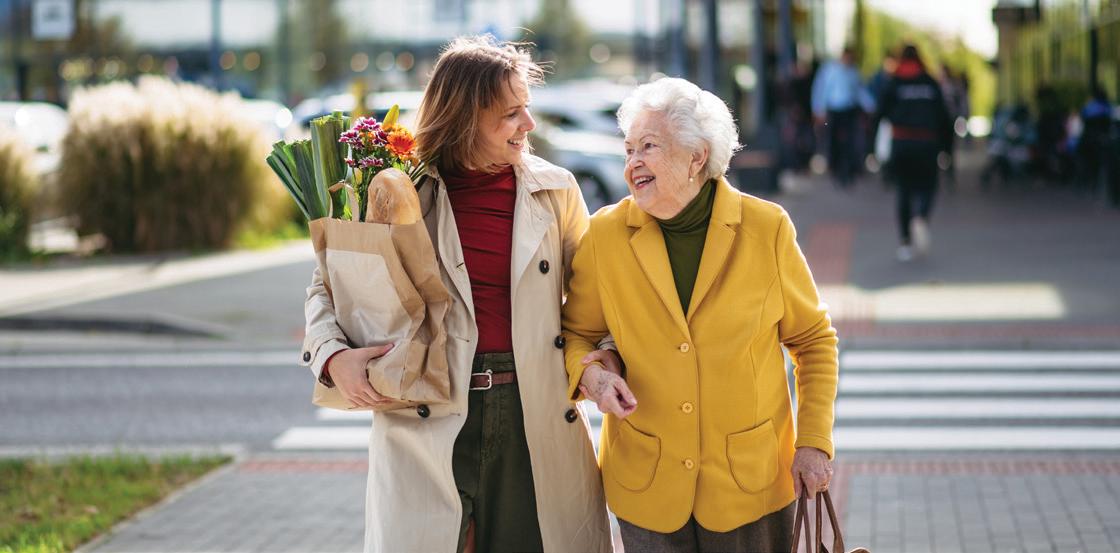
bands. Sta nurses check vitals, take blood sugar readings and administer medications daily.
Many adult day center clients report eating one meal per day — the one the center gives them, Sadarangani said. Heidt estimated some 20% of Sunshine’s clients have been homeless.
“We are the epicenter of the community, really,” Heidt said. “Not just the clients, but the families come to us, too.”
“Anybody have any problem, they solve it,” said Avtar Khullar, who attends Sunshine with his wife, Avinash. He came to the U.S. from New Delhi in 2007, and his aging parents attended Sunshine before they died.
But little is streamlined when serving such a diverse population. For breakfast alone, Sunshine’s small kitchen sta whips out 120 meals with 10 di erent options, including vegetarian, American, Filipino, Indian, kidney-friendly and fasting-friendly (fruits and nuts).
Grant funding is key for day centers, too, especially to bus clients there and home. Centers sent people care pack-
ages, activity books and meals during the pandemic even though they didn’t have enough money for it, said Lauren Parker, a gerontologist at Johns Hopkins University.
“A lot of programs actually ended up closing,” Parker said.
Sunshine has plenty of open spots, especially in its a ernoon program. Many people didn’t come back a er pandemic lockdowns were li ed.
Those who did say the center is a critical part of their routine and social life. That includes Theomene Valentine, 84, one of several Haitians who Sunshine buses in from Newark, an hour ride each way.
“I come here to talk in Creole with my friends,” she said.
Leticia Borromeo, 82, loved Sunshine so much she recruited her friends to attend with her. She is Filipino, and loves how the center exposes her to di erent cultures, foods and religions.
“We are like one family,” she said.
Associated Press journalist Haven Daley in Oakland, Calif., contributed to this report.


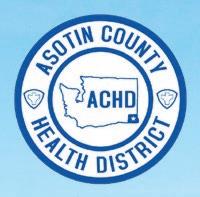




2pm-5:30pm All sharps must be in a hard and sealed container for drop off Containers must have been emptied and thoroughly rinsed. Pick up a free sharps container anytime!
Have you picked your nal resting place?
My beloved Barbara died last year on May 11, 2023, at age 87 a er we had been together for a wonderful 63 years. We own our plots at the Normal Hill Cemetery a few blocks from where we live, and a few blocks from where we were both born at St. Joseph’s Hospital. I have her ashes with me at home, until I go to be with her. Our stone is close to my parents at Normal Hill Cemetery. There are more than 20,000 people buried in 37 cemeteries in Nez Perce County. Alphabetically here are the names of the cemeteries in Nez Perce County: Ahsahka, Agatha, Angel Ridge, Bredell Family, Broncheau, Cameron, Coyote Grade, Culdesac, Good Hope Lutheran, Gi ord, Grant Family, Jacques Spur, Kendrick, Lapwai, Leland, Lewis-Clark Memorial Gardens, Lookout, Magpie, Maggie Williams, Melrose, Missouri Synod, Newby Grate, Normal Hill, Old Peck, Red Elk, Sams Family, Slickpoo, Silcott, Spalding, Starr Sisters Waha, Southwick, Sunnyside Lenore, Sweetwater, Un-named Indian, Upper Tammany, Vaughn and Webb.

at the current location of Pioneer Park. Those graves were moved from the original site to Normal Hill. The earliest birth date to be found on the gravestones is 1795, belonging to Moses Grostein. As we stroll through the nearly 40 acres we notice familiar names of local streets, schools, parks and facilities that bear their names. Familiar local landmarks bear the names of some who were from here like Church Field (Dwight Church), Breier Building (Claus Breier), McSorley Elementary School (Lillian McSorley), Vollmer Bowl (John Vollmer), Booth Hall (Clarence Booth), Walker Field (Harvey Walker), Bert Lipps Swimming Pool (Wilberta Lipps), Delsol Lane (Louis Delsol) and Harris Field (Lloyd Harris or “Mr. Baseball”).
The parents of Mrs. Walt Disney, Willard and Jeanette Bounds, are buried here at Normal Hill. Their daughter Lillian married Walt Disney in 1925, just a few blocks away. Eleanor Vogelsong is buried here. She played basketball for Canada in the 1924 Olympics in Paris. Brothers, Albert and Eu-


Normal Hill Cemetery replaced an older cemetery that used to be
gene Alford, who founded the Lewiston Tribune in 1892 are here along with other family members. The stone of pioneer pilot Bert Zimmerly has a carving of an airplane on it and part of the poem “High Flight.”
The nal resting place for the ashes of a few are above ground at the Episcopal Church on Eighth Avenue, including former mayor Vernor Clements and his wife Gail. Their son Dave was a Lewiston High School Bengal teammate of mine. Two gravesites in North Lewiston are of pioneers John and Jane Silcott on a hill just above the Railroad Bridge. The lone grave on the west side of U.S. Highway 95 is that of Bertha Newby, whose parents buried her on the farm where they lived.
The Upper Tammany Cemetery is located along the road to Waha. There are more than 50 graves dating from 1881 to 2003. The county has quite a few Nez Perce Indian cemeteries, including the easiest one to reach, the Bredell Family Cemetery located in the parking lot of the Nez Perce National Museum at Spalding. The Spalding Cemetery has around 200 graves next to Spalding Park. The Rev. Henry Spalding and his wife Eliza are buried
there, where they served as missionaries to the Nez Perce from 1836-47.
The Sweetwater Cemetery is alongside U.S. Highway 95 between Lawai and Culdesac. Just south of Sweetwater is the Jacques Spur Cemetery. Four miles up Mission Creek Road is the Mission Creek Cemetery with more than 300 graves, including more than 20 Broncheaus, 15 Halfmoons and 14 Slickpoos. Webb Cemetery has around 20 graves including Cpl. Dan Tababoo who was killed in Vietnam at age 21 in 1968.
Coyote Grade Cemetery is above U.S. Highway 12. The Culdesac Cemetery is on the east hillside of town, and has around 300 graves. I visited three cemeteries in the Kendrick area: Leland, Cameron and Southwick. The Cameron Cemetery has around 300 graves, about a block from the Emmanuel Lutheran Church. Five or six miles past Cameron is Southwick, which had a high school until 1943 and a grade school until 1965. There are at least nine Southwicks buried at the Southwick Cemetery including Stephen for whom the town is named.
In two half-day morning trips, I visited the cemeteries at Angel Ridge, Good Hope Lutheran Church,
Gi ord, Lookout, Magpie and Melrose. The Gi ord Cemetery is in Gi ord as you enter town. There are more than 200 graves, including Seth Gi ord for whom the town is named. One of the prettiest cemeteries I visited was the Good Hope Lutheran Church Cemetery, located four miles from Gi ord. Perhaps what makes it so nice is the 90 or so graves are behind the little, white historic church which was founded in 1897. I recognize many of the names buried there, including Heitmann. Lookout Cemetery has around 100 graves, located three miles south of Gi ord. Not everyone is buried in a cemetery, including Charity and Otelia Starr, who are buried close to where they were killed in 1906 in the Deer Creek area by a falling tree at the ages of 17 and 14. Archie Ladd was also killed in the incident. One of my favorite lines from a poem is this, “Perhaps life’s greatest pain and longing is the loneliness of missing friends I cannot call to my side.”
Riggs, 90, is a lifelong Lewistonian. He’s an avid Warriors fan, a retired educator, coach and school superintendent and volunteers his time at the Nez Perce County Historical Society. He can be reached at bdriggo@gmail.com.






By JUDITH GRAHAM KFF HEALTH NEWS
Sociologist Elena Portacolone was taken aback. Many of the older adults in San Francisco she visited at home for a research project were confused when she came to the door. They’d forgotten the appointment or couldn’t remember speaking to her.
It seemed clear they had some type of cognitive impairment. Yet they were living alone.
Portacolone, an associate professor at the University of California-San Francisco, wondered how common this was. Had anyone examined this group? How were they managing?
When she reviewed the research literature more than a decade ago, there was little there. “I realized this is a largely invisible population,” she said.
Portacolone got to work and now leads the Living Alone With Cognitive Impairment Project at UCSF. The project estimates at least 4.3 million people 55 or older who have cognitive impairment or dementia live alone in the United States.
About half have trouble with daily activities such as bathing, eating, cooking, shopping, taking medications and managing money, according to their research. But only 1 in 3 received help with at least one such activity. Compared with other older adults who live by themselves, people living alone with cognitive impairment are older, more likely to be women, and disproportionately Black or Latino, with lower lev-
els of education, wealth and homeownership. Yet only 21% qualify for publicly funded programs such as Medicaid that pay for aides to provide services in the home.
In a health care system that assumes older adults have family caregivers to help them, “we realized this population is destined to fall through the cracks,” Portacolone said.
Imagine what this means. As memory and thinking problems accelerate, these seniors can lose track of bills, have their electricity shut off, or be threatened with eviction. They might stop shopping (it’s too overwhelming) or cooking (it’s too hard to follow recipes). Or they might be unable to communicate clearly or navigate automated phone systems.
A variety of other problems can ensue, including social isolation, malnutrition, self-neglect and susceptibility to scams. Without someone to watch over them, older adults on their own may experience worsening health without anyone noticing or struggle with dementia without ever being diagnosed.
For years, Portacolone and her collaborators nationwide have followed nearly 100 older adults with cognitive impairment who live alone. She listed some concerns people told researchers they worried most about: “Who do I trust? When is the next time I’m going to forget? If I think I need more help, where do I
find it? How do I hide my forgetfulness?”
Jane Lowers, an assistant professor at the Emory University School of Medicine, has been studying “kinless” adults in the early stages of dementia — those without a live-in partner or children nearby. Their top priority, she told me, is “remaining independent for as long as possible.”
Seeking to learn more about these seniors’ experiences, I contacted the National Council of Dementia Minds. The organization last year started a biweekly online group for people living alone with dementia. Its staffers arranged a Zoom conversation with five people, all with early-to-moderate dementia.
One was Kathleen Healy, 60, who has significant memory problems and lives alone in Fresno, Calif.
“One of the biggest challenges is that people don’t really see what’s going on with you,” she said. “Let’s say my house is a mess or I’m sick or I’m losing track of my bills. If I can get myself together, I can walk out the door and nobody knows what’s going on.”
An administrator with the city of Fresno for 28 years, Healy said she had to retire in 2019 “because my brain stopped working.” With her pension, she’s able to cover her expenses, but she doesn’t have signifi cant savings or assets.
Healy said she can’t rely on family members who have troubles of their own. (Her 83-year-old mother has dementia and lives with Healy’s sister.)
The person who checks on her most frequently is
an ex-boyfriend.
“I don’t really have anybody,” she said, choking up.
David West, 62, is a divorced former social worker with Lewy body dementia, which can impair thinking and concentration and cause hallucinations. He lives alone in an apartment in downtown Fort Worth, Texas.
“I will not survive this in the end — I know that — but I’m going to meet this with resilience,” he said when I spoke with him by
phone in June.
Since his diagnosis nearly three years ago, West has filled his life with exercise and joined three dementia support groups. He spends up to 20 hours a week volunteering, at a restaurant, a food bank, a museum, and Dementia Friendly Fort Worth.
Still, West knows that his illness will progress and that this period of relative independence is limited.
Find the full story at lmtribune.com.


In a recent accident, I fell from the truck tailgate with a hard landing. It knocked the wind out of me. I got up and was sure I’d be just fine. Later I began to realize I was more injured than first thought. Independence and freedom are important to me and there’s a grief process that comes with losing mobility. Frustration and fear mounted when I couldn’t do what I’d always done and I had to learn a different way. Finding help means risking trust and trusting yourself that you can handle it if trust is broken. In Clarkston, And Books Too had a nice brochure that listed agencies that assist seniors in our valley. In my case, recovery is coming, but it left me with foresight of the future and I need to find balance between couch potato and risky business. Loss and grief are partners. We’ll all experience both in a

lifetime. Learning to cope with it may be a learned experience. I remember the devastation I felt when I lost my first job. My confidence was shattered. Because the indelible feeling of the incident is still with me, there must be remaining lessons learned. When there’s hope, you can still move forward. In a few following days, I found a new job that was a better position and fit with my ability. Sometimes loss leads to something better. Losing my spouse as well as other family members has been the most difficult for me to process. It seemed that my whole life
TO SUBMIT BRIEFS: Groups and organizations may submit event information pertaining to seniors in the region for free publication in the monthly Golden Times magazine. All submissions are subject to editing and space restraints and must include the name and phone number of the person submitting the information. Questions may be directed to editor Dallas Marshall at dmarshall@lmtribune.com. Submissions may be sent to goldentimes@lmtribune.com or Golden Times, P.O. Box 957, Lewiston, ID 83501. Information for the December issue must be received by 5 p.m. Nov. 15.
had imploded. The structure I’d built was gone. I had to find new footing in a world built for couples. While I haven’t become part of a couple again, I’ve invested more heavily in friendships with other women. This seems more important as I age and realize that statistics say women outlive men. I have to remind myself that, when I haven’t been invited to an event, I can take the first step and invite someone else. There are still times when I wish I’d gotten off the sofa and sought out a new companion, but I’m pretty content with my life. Losing a best friend, even if that happens to be a dog, brings grief. Keeping busy and reaching out helps us recover more quickly. Does grief go away? Probably not; it seems to sneak back but we feel it less sharply and it visits less often.
I’ve wondered why there isn’t
a group in the valley for merry widows where women do activities together. If you know of one, let me know. There’s an online women’s travel group that I may explore once I’m back to my usual pace. Companionship and fun are valued by most. There’s comfort in the familiar, but as we age, we know change is coming. Planning for it seems to make it feel less threatening. Moving to a new place and finding a new community can bring grief or excitement, depending on attitude. Real personal growth in life comes through accepting risk and change, challenging fear of the new or unknown. So, if like me, you land hard and don’t bounce, remember to keep on rolling until you regain your balance.
Christiansen lives in Lewiston. She can be reached at petpal535@gmail.com.
Birthday announcements starting at age 70 are accepted for free publication in the month of the birthday only. Length limit is 200 words. Include a name and contact information. Submissions may be sent to goldentimes@ lmtribune.com or Golden Times, P.O. Box 957, Lewiston, ID 83501. December birthday announcements must be received by 5 p.m. Nov. 15.

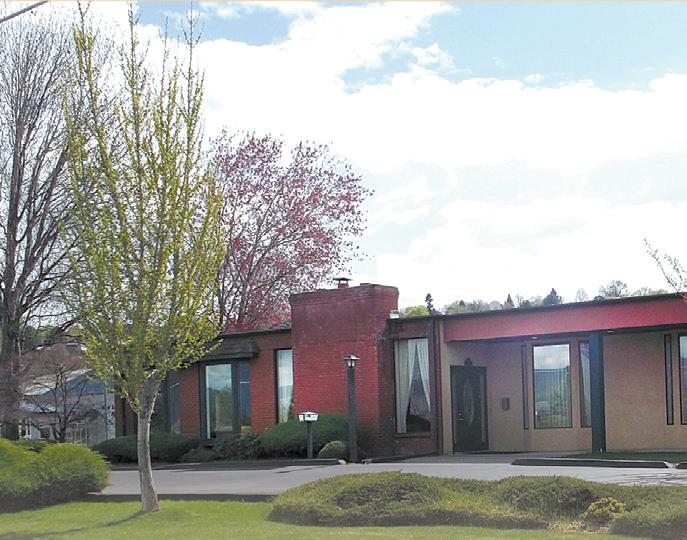






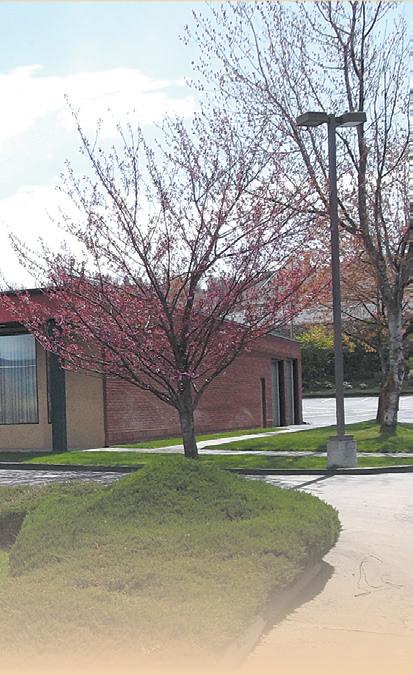

Have you noticed when the salt in the shaker gets low it takes more e ort to salt your food. A full shaker pours easily. Whether we have a tall glass shaker or short wooden one, we use it to make our food taste better with a grain of salt (pun intended).
In ancient time, salt was a precious commodity. That’s where the phrase “He’s worth his salt” comes from. The earliest found salt mine was in Hallstatt, Austria, where salt was mined in 5000 BC.
Ancient China was among the earliest civilizations in the world with cultivation and trade in mined salt. When people discovered it improved the taste of their food, it could preserve food and it had healing properties, salt developed a trade value high above other commerce items.
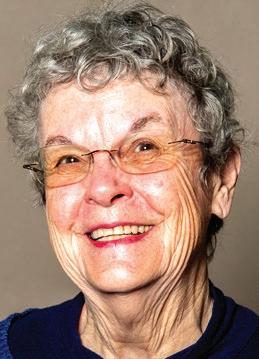
We take our salt for granted, but those early extractions from the underground rock were not an easy task. When I visited the salt mine in Hallein, Austria, I gained great admiration for the miners and thankfulness for the salt on my table. This mine was discovered by the Celts in 600 BC. They dug about 300 meters into the mountain with crude, hand-carved sticks edged with some kind of metal. Rocks were brought outside. Miners separated the salt from the rock by pounding them by hand. What a di cult life it must have been. The miners lived in dirty caves, the work was strenuous and weather conditions were extreme. I can’t imagine what it was like to live through Alpine winters. As more metals were discovered and mechanisms were invented, the lives of the Salzburg (Salt town) citizens became more tolerable.
Our guide gave us white pants with a padded seat, a white coat with a hood and white footies for covering our shoes. This was traditional miner clothing protecting both miner and salt.
Red and white salt veins ran along the tunnel walls and everywhere you touched was salt. It made you want to stop and lick the rock walls. There was a musty, clean smell that reminded me of the dirt cellar under our house when I was a kid. In later years, a large underground
lake was used to soak the salt out of the rocks. Then the water was pumped to an outside building, where it sat evaporating and leaving behind the salt. Pretty clever. A well-polished, steep wooden slide plummeted us 26 feet down to the next level. Ah, that’s the reason for the padded seat in our pants — no slivers. Next, a 100-foot-long wooden slide threw us into the lowest cavern. Our guide let us climb stairs to the top and sail down again and again. Wheee! That was more fun than any amusement park. However, I doubt the miners viewed it that way.
Saltiness is one of our basic human tastes. Wikipedia tells us that the scarcity and universal need for salt has led nations to go to war over it and used it to raise taxes. It’s an essential element for human health via its role as an electrolyte and osmotic solute. However, excessive salt consumption may increase the risk of cardiovascular diseases such as hypertension.
Recently, a local restaurant changed its salt shakers to black salt grinders to match the black pepper grinders. A white S and P mark the tops. The aesthetics are very nice but lling the salt grinder is a challenge — how do you know when the salt is getting low and how far to the top can it be lled and still allow the grinder to do its job? This has complicated the simple task of keeping the supply owing. Those little salt crystals also leave their mark with a constant white fall-out onto the table which has to be cleaned up a er each use.
Even Jesus used salt in his teaching. He told us we are the salt of the earth. What’s my salty avor? Love, be kind, respect and encourage. Expect much, give much. I’m excited to have opportunities to pour a little salt into people’s lives. This kind of salt is never wasted nor needs someone to clean it up. It will always spice up someone’s life. Best of all, Jesus makes sure my salt shaker is always full.
Chase Hoseley is a freelance writer and retired kindergarten teacher who lives in Clarkston. She can be reached at shoseley8@gmail.com.



Pre-planning your final wishes gives you and your family peace of mind. Whether cremation or burial - we are proud to offer a variety of options for every budget.

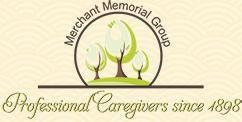








Would your club or organization welcome new senior citizens members?
Get listed in the new “Senior Social Directory.”
Contact the Interlink office for details.



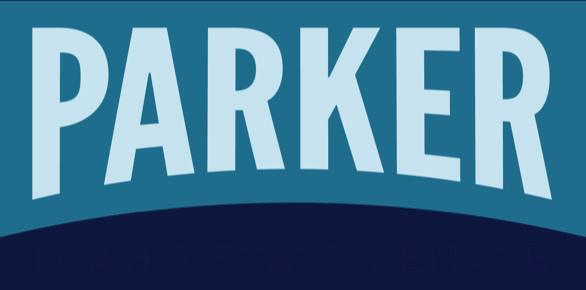
Menus are prepared by St. Joseph Regional Medical Center and are subject to change. Meals are delivered to established clients between 11 a.m. and 1 p.m. 365 days of the year, with delivery guaranteed by 1 p.m. each day. Individuals can have a hot meal delivered to their residence for $4 per day or a hot meal and a sack lunch for $5 per day. More info: (208) 799-5767.
HOT: Roasted turkey/yams/ green beans
HOT: Chicken cordon bleu/ peas
HOT: Tuna noodle casserole/carrots
SACK: Pastrami/ cucumber and tomato salad/fruit cobbler
HOT: Stroganoff/ noodles/lima beans
SACK: Turkey salad/celery and carrots/banana
HOT: Stuffed peppers/rice/ broccoli
SACK: Seafood salad/ coleslaw/pudding 3 6
10
HOT: Pork loin/ mashed potatoes/ squash
SACK: Tuna salad/pickled beet salad/applesauce
HOT: Ham/scalloped potatoes/ broccoli
SACK: Egg salad/ chips/pears 4 5
HOT: Pesto chicken casserole/ cauliflower
SACK: Pastrami/ broccoli salad/pear 11
SACK: Roast beef/pasta salad/Jell-O fluff 17 18
HOT: Lasagna/ squash
SACK: Tuna salad/green salad/ apple
SACK: Turkey/chickpea salad/Jell-O
HOT: Cheeseburger casserole/corn
SACK: Turkey salad/pea salad/cottage cheese 12
HOT: Chicken pot pie/green beans
SACK: Egg salad/ broccoli salad/cookies 19
HOT: Beefy mac and cheese/cauliflower
SACK: Chicken salad/spinach salad/ cookies
HOT: Chicken strips/mac and cheese/peas
SACK: Egg salad/green salad/lemon pudding 13
HOT: Teriyaki meatballs/rice/ peas
SACK: Uncrustable/ chips/peaches 20
HOT: Chicken tetrazzini/carrots
SACK: Roast beef/potato salad/ orange 7
HOT: Philly steak and onions/potatoes/cabbage
SACK: Uncrustable/carrot almond salad/cake 14
HOT: Chicken and rice casserole/cauliflower
SACK: Ham/potato salad/chocolate pudding 21
HOT: Taco casserole/corn
SACK: Uncrustable/yogurt/ peaches 8
HOT: Salisbury steak/ mashed potatoes/ green beans
SACK: Chicken salad/ chips/pineapple 15
HOT: Tuna noodle casserole/carrots
SACK: Pastrami/ cucumber and tomato salad/fruit cobbler 22
HOT: Vegetarian lasagna/mixed veggies
SACK: Ham/crudite cup/ fruit salad 9
HOT: Spaghetti with meat sauce/ mushrooms
SACK: Pastrami/threebean salad/cookies 16
HOT: Stroganoff/ noodles/lima beans
SACK: Turkey salad/celery and carrots/banana 23
HOT: Roasted turkey/yams/ green beans
SACK: Seafood salad/ coleslaw/pudding
Sausage Cajun casserole
11 Closed for holiday.
HOT: Chicken cordon bleu/ peas
SACK: Egg salad/ chips/pears 25 26
HOT: Stuffed peppers/rice/ broccoli
24 27
SACK: Turkey/chickpea salad/Jell-O
5 Beef stroganoff
12 Tater tot casserole
HOT: Beefy mac and cheese/cauliflower
SACK: Chicken salad/spinach salad/ cookies
HOT: Chicken tetrazzini/carrots
SACK: Roast beef/potato salad/ orange 28
29
HOT: Taco casserole/corn
SACK: Uncrustable/yogurt/ peaches
LEWISTON SENIOR NUTRITION PROGRAM —
When: Noon, Mon./Tues. and 11:30 a.m. Wed.
30
HOT: Vegetarian lasagna/mixed veggies
SACK: Ham/crudite cup/ fruit salad
6 Sloppy joes
Turkey 25 Tuna tetrazzini
W• Where: Lewiston Community Center, 1424 Main St., or call for delivery at (208) 743-6983. On-site meals are every Monday through Wednesday. • Cost: $4 suggested for seniors 60 and older; $5 for nonseniors • Note: Menu is subject to change.
Hawaiian chicken/oven rice/veggie medley/ pickled beets/peaches/brownie
12 Tuna casserole/veggie medley/pickled beets/ Jell-O with fruit/garlic toast
18 Chicken fried steak 19 Chicken bacon ranch casserole 26 Turkey and stuffing/mashed potatoes/green beans/fruit salad/roll/pumpkin pie
SENIOR ROUND TABLE NUTRITION PROGRAM — When: Noon, Tues./Thurs./Fri. • Where: Valley Community and Senior Center, 549 Fifth St., No. F, Clarkston, or call (509) 758-3816 for delivery. • Cost: Donations appreciated for seniors 60 and older; $7 for nonseniors • Note: Menu is subject to change.
7 Baked fish/tater rounds/green beans/ applesauce/cookie
Chicken strips/au gratin potatoes/peas/ pineapple tidbits/Sally Lund bread 19 Birthday dinner: Roast beef/mashed potatoes/ baby carrots/juice/roll/cake and ice cream All meals served with: hot veggies, salad, fruit and bread.
14 Chicken fried steak/mashed potatoes/corn/ fruit cocktail/roll
Closed for
8 Broccoli cheddar soup/salad bar/ cheddar biscuits
15 Taco soup/ salad bar
22 Chicken and dumpling soup/salad bar/ cheddar biscuits
MOSCOW SENIOR NUTRITION PROGRAM — When: Noon, Tues./Thurs. • Where: 1912 Center, 412 E. Third St. or call (208) 310-3779 for delivery. Cost: $5 suggested for seniors 60 and older; $7 for nonseniors. • Notes: Soup (starting at 10:30 a.m.), salad bar (at 11:30 a.m.) and dessert are available daily. Menu is subject to change. • Online: users.moscow.com/srcenter.
5 Spaghetti with meat sauce/zucchini, squash/breadstick
12 Ham/mashed potatoes/broccoli, cauliflower/roll
19 Cheeseburger/sliced tomato, onion/fries/pasta salad
T7 Cheese omelet/sausage links/roast potatoes/biscuits/fruit
14 Mushroom ravioli/mixed veggies/melon slices
W TH F
21 Roast turkey/mashed potatoes/stuffing/green beans/roll
31 Chicken enchiladas with green sauce/rice/black beans/tortillas